Radical comics library
A catalog of my collection of graphic novels. All are non-fiction. Many are memoirs. Most are considered radical.
Are You Willing to Die for the Cause?,
by
Chris Oliveros

Land of the Dead,
by
Brian McDonald

MK Ultra,
by
Stuart Kenneth Moore

Goodbye, Bye Yoshi Hero,
by
Tatsumi

Stamped from the Beginning, Graphic Novel,
by
Ibram X. Kendi & Joel Christian Gill

The Best We Could Do,
by
Thi Bui

Barefoot Gen: A Cartoon Story of Hiroshima,
by
Keiji Nakazawa
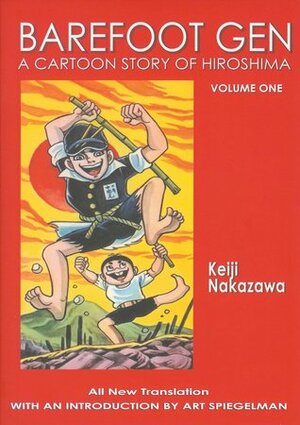
Read: 10/2023, Published: 1972
Legit source to learn more
Barefoot Gen: A Cartoon Story of Hiroshima,
by
Keiji Nakazawa

Legit source to learn more
Barefoot Gen: A Cartoon Story of Hiroshima
Originally this was a series of comic books published first in Japan, then translated to in english. My first manga. I stumbled on it while visiting a friend, going through a stack of their dad’s old radical comics, and read the whole thing aggressively. When done, I sat there stunned, wondering what I just experienced.
It’s a model for the non-fiction, memoir graphic novel genre. It felt real. It felt true. The art aligned with the story.
I was transported before and after the bombing of Hiroshima. And saw it through the innocent eyes of a six-year-old boy, Gen. He's the son of a dissenter. The pro-war propaganda was the air the Japanese people breathed. Because of this, the family are ostracized and deprived of community, save for a Korean family who receives much discrimination and also struggles to assimilate.

The propaganda part fascinated me. It illustrated how an entire society was mobilized for the war effort to the extent that families guarded each grain of rice with rage. For families like Gen's labeled as traitors, asking friends for extra food meant putting those friends at risk of being labeled traitors themselves. Dissenting meant starving. Gen’s older brother tries to restore his families honor by joining the army.
The story is told matter-of-factly with no sense of preachiness. The authors objectiveness is startling and exemplifies his character. While the illustrations are fairly simple compared to others I've encountered, they are still captivating, creating an immersive world. Whatever their low level of detail is evened out by the choked detail of the story.
I'm not brave enough to watch the movie version.
Shubeik Lubeik,
by
Deena Mohamed

Read: 6/2023, Published: 1/2023
Legit source to learn more
Shubeik Lubeik,
by
Deena Mohamed

Legit source to learn more
The Great American Dust Bowl,
by
Don Brown
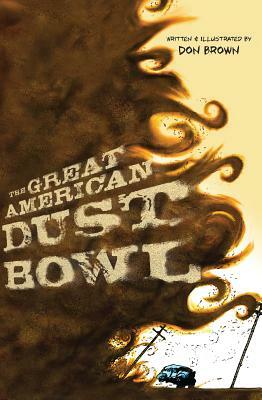
Read: 5/2023, Published: 2013
The Great American Dust Bowl,
by
Don Brown

The Great American Dust Bowl
Learned a bunch from the emotional 20 minute read, picked it up from a free libary.
For not having many words, at 80 pages with huge panels, the sources section is immense. think this is due to footnoting many actual quotes into the story.
it gets at the feeling of surviving, what seemed like, an end-of-days happening.


The temperature extremes. The bug boom because their predators were all dead.


As an apathetic student, I would’ve devoured this in a middle school / jr high science / social studies class.
Hidden Systems,
by
Dan Nott

Read: 10/2023, Published: 2023
Hidden Systems,
by
Dan Nott

The High Desert: Black. Punk. Nowhere.,
by
James Spooner

Read: 10/2022, Published: 2022
The High Desert: Black. Punk. Nowhere.,
by
James Spooner

Ginseng Roots comic series 1-12,
by
Craig Thompson
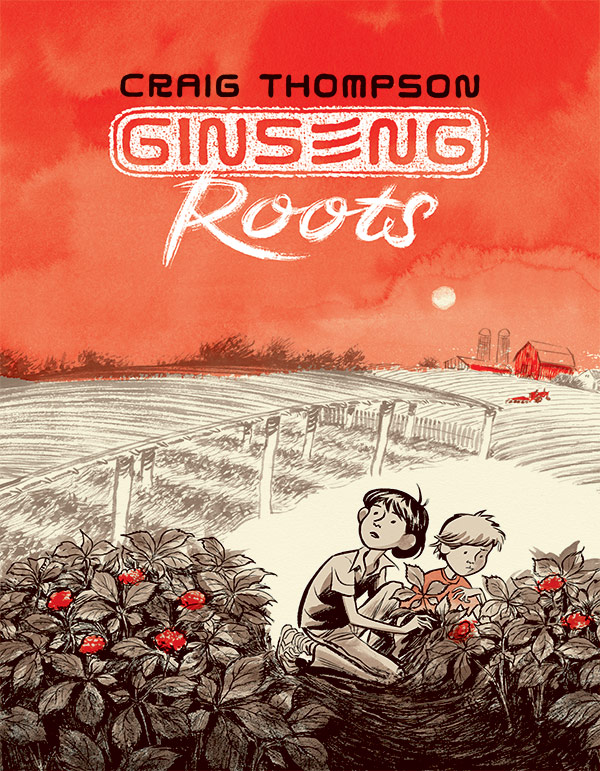
Read: 2023, Published: 2020
Ginseng Roots comic series 1-12,
by
Craig Thompson

Barefoot Gen Volume 2: The Day After,
by
Keiji Nakazawa
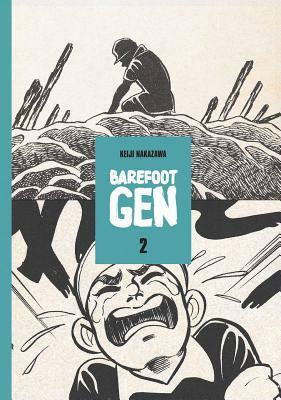
Read: 2023, Published: 1973
Barefoot Gen Volume 2: The Day After,
by
Keiji Nakazawa

Red Rosa: A Graphic Biography of Rosa Luxemburg,
by
Kate Evans

Read: 2022, Published: 2015
Red Rosa: A Graphic Biography of Rosa Luxemburg,
by
Kate Evans

Not the Israel My Parents Promised Me,
by
Harvey Pekar

Read: 2023, Published: 2014
Not the Israel My Parents Promised Me,
by
Harvey Pekar

Ducks: Two Years in the Oil Sands,
by
Kate Beaton
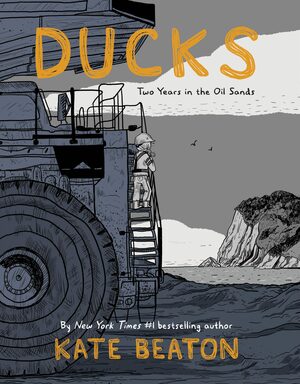
Read: 2022, Published: 2022
Ducks: Two Years in the Oil Sands,
by
Kate Beaton

Ducks: Two Years in the Oil Sands
Really drawn in by the setting and sense of place work in Ducks. The story is a doozy: recent grad heads across country to a soul crushing job to chip away at her loans faster than her useless art degree would.



When pushed for a black or white answer, the author refreshingly maintains grayness. we need beacons of gray these days. Interview.
Radical: My Year with a Socialist Senator,
by
Sofia Warren

Read: 2022, Published: 2022
Radical: My Year with a Socialist Senator,
by
Sofia Warren

Radical: My Year with a Socialist Senator
Support comic journalists. And to politicians, have one follow you around. This book is a result of that.


Paying the Land,
by
Joe Sacco

Read: 2022, Published: 2020
Paying the Land,
by
Joe Sacco

What is Home, Mum?,
by
Sabba Khan

Read: 2022, Published: 2022
What is Home, Mum?,
by
Sabba Khan

Run: 1,
by
John Lewis with Andrew Aydin

Read: 2021, Published: 2021
Run: 1,
by
John Lewis with Andrew Aydin

March: Series 1-3,
by
John Lewis with Andrew Aydin
/cdn.vox-cdn.com/uploads/chorus_asset/file/6696777/1466706228262.png)
Read: 2021, Published: 2016
March: Series 1-3,
by
John Lewis with Andrew Aydin
/cdn.vox-cdn.com/uploads/chorus_asset/file/6696777/1466706228262.png)
Persepolis: 1-4,
by
Marjane Satrapi

Read: 2020, Published: 2003
Persepolis: 1-4,
by
Marjane Satrapi

Blankets,
by
Craig Thompson

Read: 2020, Published: 2003
Blankets,
by
Craig Thompson

Unrig: How to Fix Our Broken Democracy,
by
World Citizen Comics
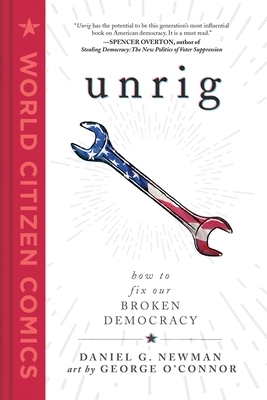
Read: 2020, Published: 2020
Unrig: How to Fix Our Broken Democracy,
by
World Citizen Comics

Oak Flat: A Fight for Sacred Land in the American West,
by
Lauren Redniss

Read: 2020, Published: 2020
Oak Flat: A Fight for Sacred Land in the American West,
by
Lauren Redniss

Oak Flat: A Fight for Sacred Land in the American West
This is more a book with lots of pictures than a comic. the colored pencil drawings pull you in with an amateurish style that feels as authentic as the writing.



Diary of an Early American Boy,
by
Eric Sloane

Read: 1995, Published: 1958
Diary of an Early American Boy,
by
Eric Sloane

Chicken with Plums,
by
Marjane Satrapi

Read: 2020, Published: 2004
Chicken with Plums,
by
Marjane Satrapi

The Most Costly Journey,
by
Andy Kolovos, Marek Bennett, Julia Grand Doucet

Read: 2022, Published: 2021
Legit source to learn more
The Most Costly Journey,
by
Andy Kolovos, Marek Bennett, Julia Grand Doucet

Legit source to learn more
Freedom Hospital: A Syrian Story,
by
Hamid Sulaiman

Read: 2020, Published: 2016
Freedom Hospital: A Syrian Story,
by
Hamid Sulaiman

The Beats: A Graphic History,
by
Various
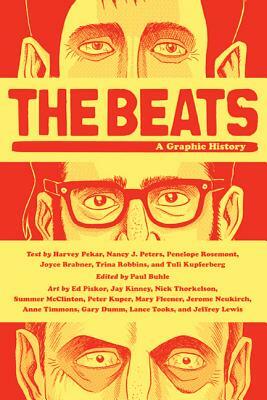
Read: 2020, Published: 2009
The Beats: A Graphic History,
by
Various

Are You My Mother?: A Comic Poverty,
by
Alison Bechdel

Read: 2012, Published: 2012
Are You My Mother?: A Comic Poverty,
by
Alison Bechdel

Maus: 1-2,
by
Art Spiegelman

Read: 2001, Published: 1986
Maus: 1-2,
by
Art Spiegelman

1984: The Graphic Novel,
by
George Orwell with Fido Nesti

Read: 2021, Published: 2021
1984: The Graphic Novel,
by
George Orwell with Fido Nesti

The Middle Ages: A Graphic History,
by
Eleanor Janega with Neil Max Emmanuel

Read: 2020, Published: 2020
The Middle Ages: A Graphic History,
by
Eleanor Janega with Neil Max Emmanuel

Palestine: 1-2,
by
Joe Sacco

Read: 2023, Published: 1996
Palestine: 1-2,
by
Joe Sacco

Footnotes in Gaza,
by
Joe Sacco

Read: 2023, Published: 2009
Footnotes in Gaza,
by
Joe Sacco

Footnotes in Gaza
I jumped right into into Sacco's second book on Palestine that came out in 2009. This hardcover is hefty one 432 pages. His drawings are way more detailed this go around.



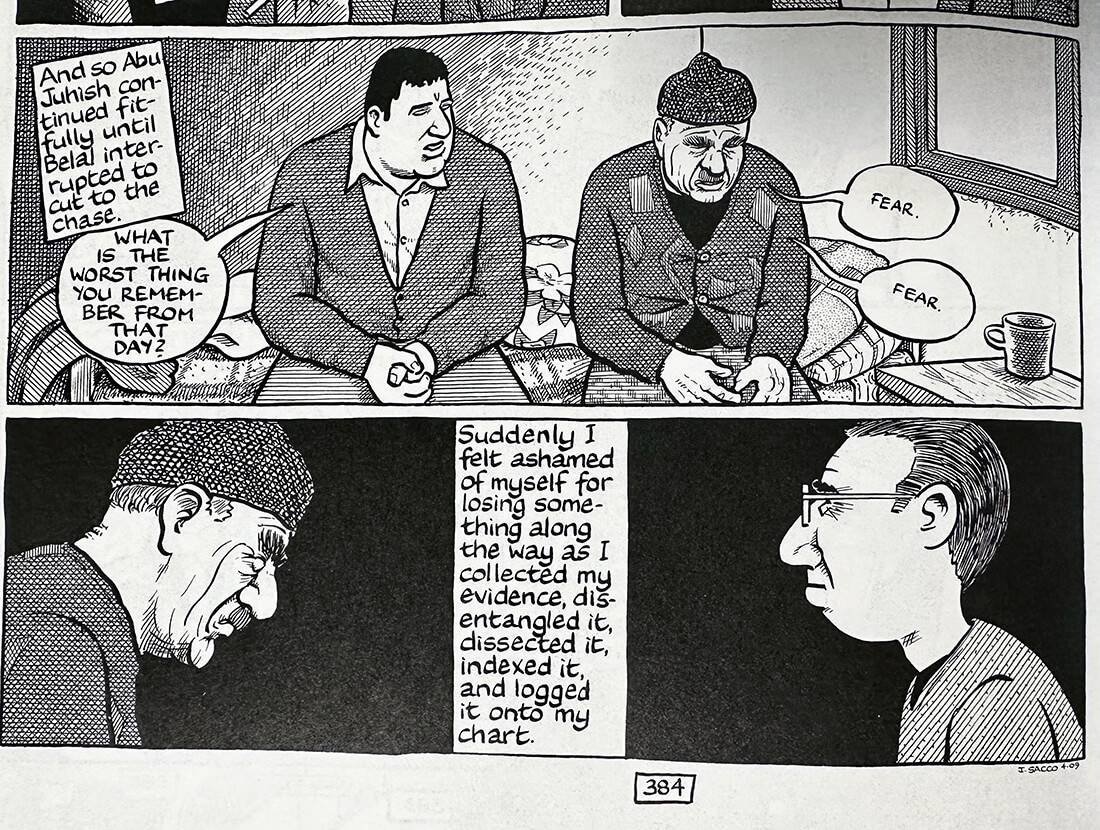








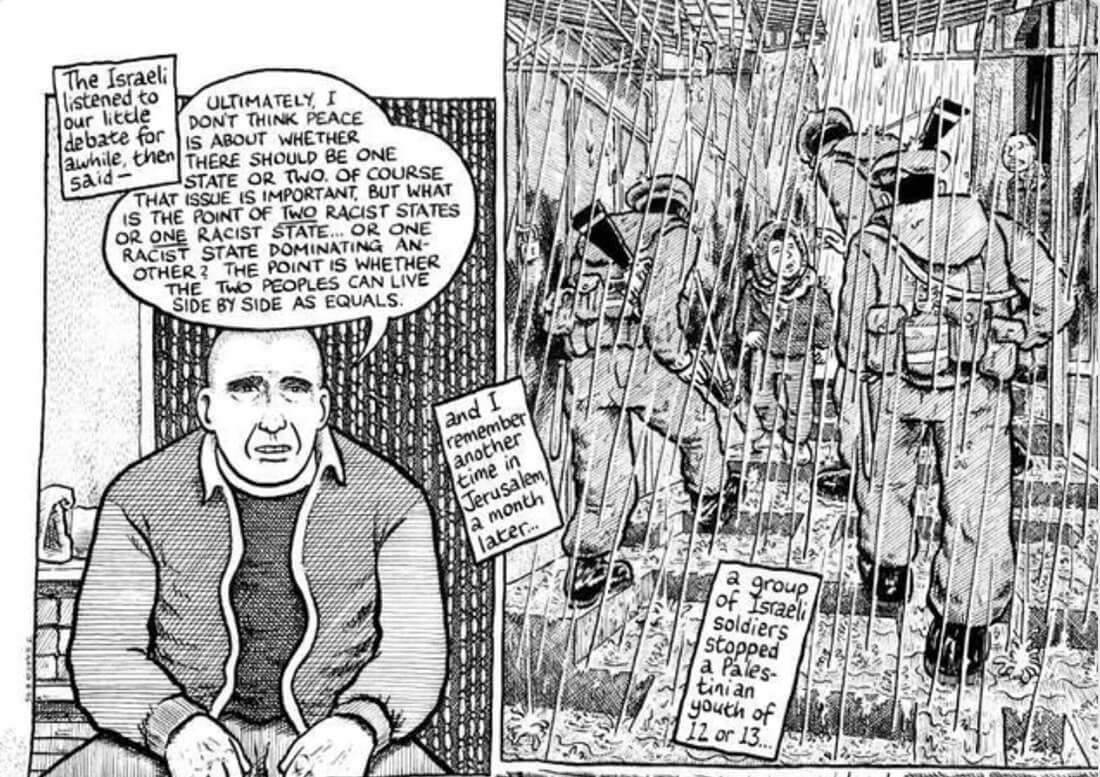




Marx's Capital Illustrated,
by
David Smith with Phil Evans

Read: 2023, Published: 1982
Marx's Capital Illustrated,
by
David Smith with Phil Evans

This is an ongoing experiment in organizing.
Maybe create a local lending library.